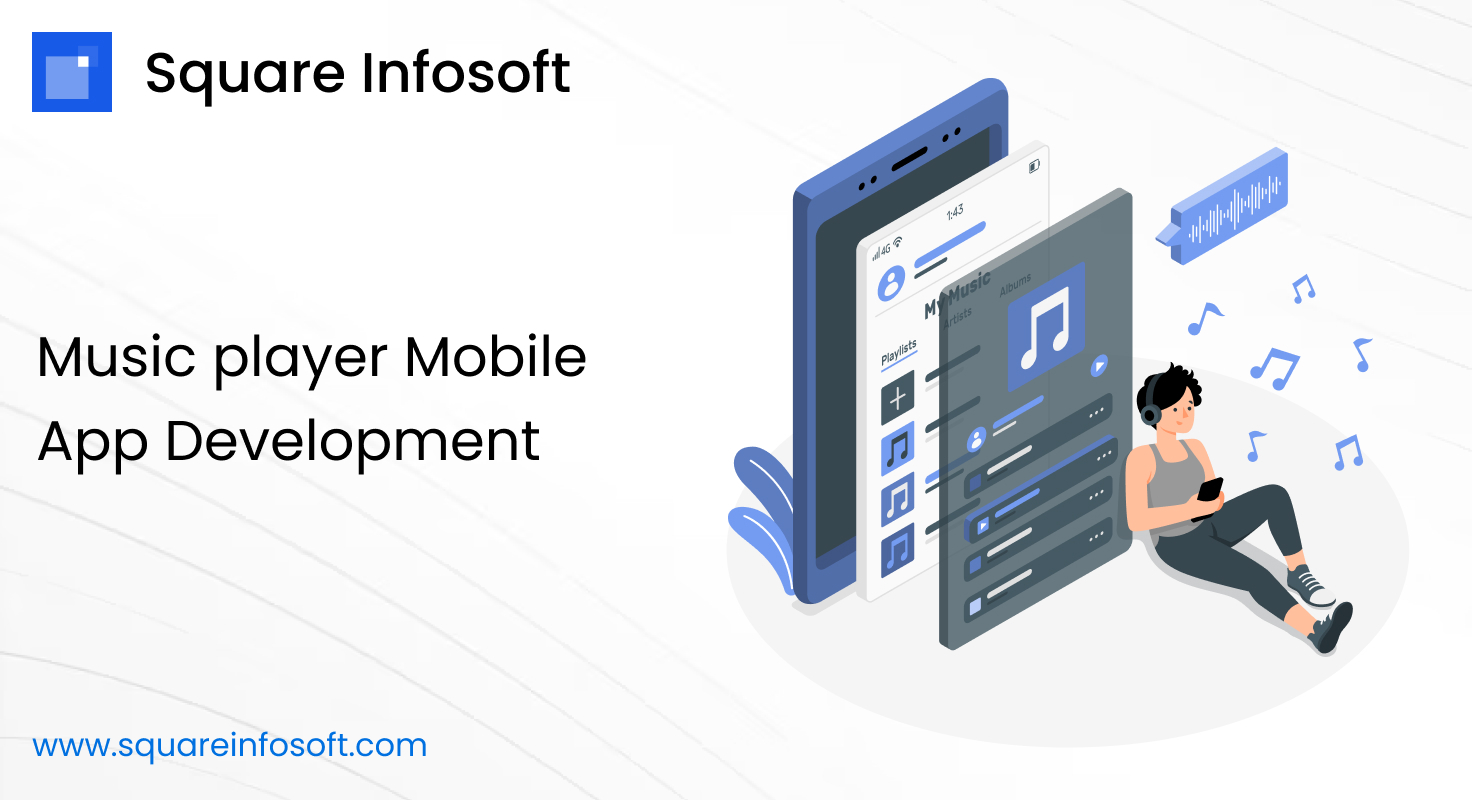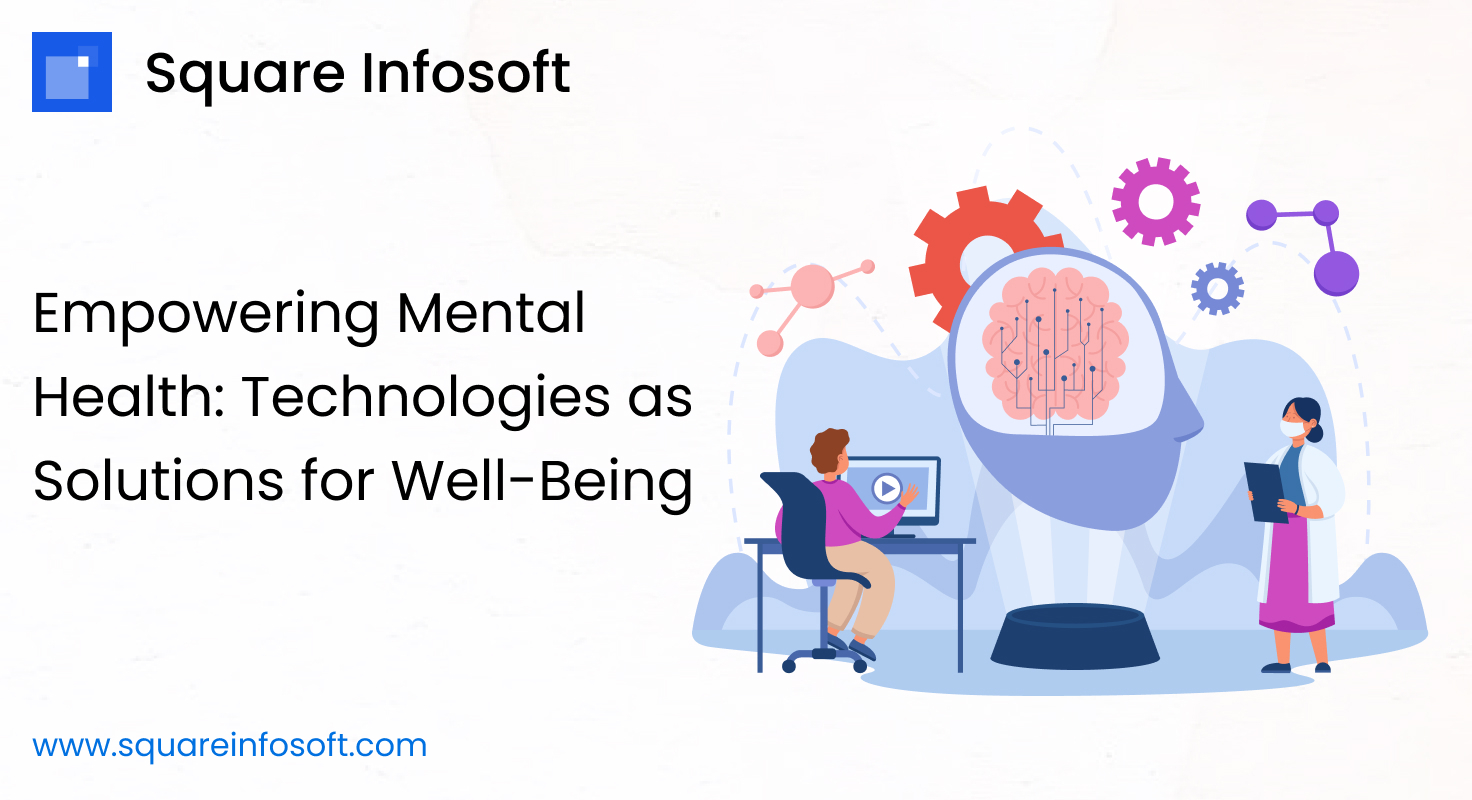Developing a music player mobile app can be a rewarding project, allowing users to enjoy their favorite music on the go. Here’s a concise guide to help you create a successful music player app:
1. Define Your App’s Focus:
- Determine whether your app will focus solely on playing local music files or include streaming capabilities.
2. Core Features:
- Music Playback: Implement a user-friendly interface for playing audio tracks.
- Music Library: Allow users to browse, organize, and create playlists.
- Equalizer and Audio Controls: Include options for adjusting sound quality and volume.
- Offline Mode: If offering streaming, enable offline downloads for selected tracks or playlists.
- Search and Sorting: Implement search functionality and sorting options for easy navigation.
- Album Art and Lyrics: Display album artwork and song lyrics when available.
- Cross-Platform Sync: If possible, enable synchronization of music libraries across multiple devices.
- Sharing: Allow users to share their favorite songs or playlists with others.
- User Profiles: Enable users to create profiles to save playlists and preferences.
3. Design and User Experience (UX):
- Create an intuitive and visually appealing interface with easy navigation.
- Ensure smooth and uninterrupted playback with minimal buffering.
4. Platform and Technology Selection:
- Choose the platforms (iOS, Android, or both) and programming languages (Swift, Kotlin/Java) that match your target audience.
5. Development:
- Develop the app’s front-end and back-end components, including music playback, library management, and user profiles.
- Implement offline functionality for locally stored music or streaming capabilities if applicable.
- Ensure compatibility with various audio formats and codecs.
6. Integration:
- Integrate with popular music libraries, such as Apple Music or Spotify, if offering streaming services.
- Implement cloud storage integration for users who want to access their music collections from multiple devices.
7. Testing and Quality Assurance:
- Thoroughly test the app for functionality, performance, and audio quality.
- Ensure compatibility with different audio file types and devices.
8. Deployment:
- Publish the app on app stores (Apple App Store, Google Play Store) following their guidelines.
- Create compelling app descriptions, screenshots, and promotional materials.
9. Marketing and User Acquisition:
- Develop a marketing strategy to promote the app to music enthusiasts (online advertising, social media, influencer partnerships).
- Highlight unique features such as high-quality audio, offline mode, or unique playlist creation.
10. Continuous Improvement:
- Gather user feedback to make regular updates and enhancements.
- Stay updated on industry trends and emerging audio technologies.
Developing a music player mobile app presents an exciting opportunity to provide users with a convenient and immersive way to enjoy their favorite tunes. This concise guide offers a structured approach to creating a successful music player app, emphasizing the importance of defining the app’s focus, implementing core features, designing for user experience, selecting appropriate platforms and technologies, and prioritizing testing, deployment, marketing, and continuous improvement.
Defining the app’s focus early on, whether it’s solely playing local music files or incorporating streaming capabilities, ensures clarity of purpose and guides the development process. The core features outlined in the guide, including music playback, library management, equalizer controls, offline mode, and social sharing options, serve as the foundation for a robust music player experience.
Designing an intuitive and visually appealing interface, coupled with smooth and uninterrupted playback, enhances user satisfaction and engagement. Choosing the right platforms, programming languages, and integration with popular music libraries and cloud storage services ensures compatibility, performance, and accessibility across different devices and usage scenarios.
Thorough testing and quality assurance procedures are crucial for identifying and addressing any issues before deployment, ensuring a seamless user experience. Publishing the app on major app stores, accompanied by compelling descriptions and promotional materials, is essential for attracting users and driving downloads.
A well-executed marketing strategy, complemented by ongoing user feedback and continuous improvement efforts, ensures the app remains competitive and relevant in the dynamic music app market. By focusing on providing excellent audio quality, intuitive design, and innovative features, developers can create a music player app that delights users and enhances their music listening experience on the go.
Ultimately, the success of a music player app lies in its ability to deliver a seamless and enjoyable listening experience that resonates with music enthusiasts. By following the strategies outlined in this guide and prioritizing user satisfaction, developers can create a compelling app that resonates with users and earns their loyalty in the competitive music app landscape.




